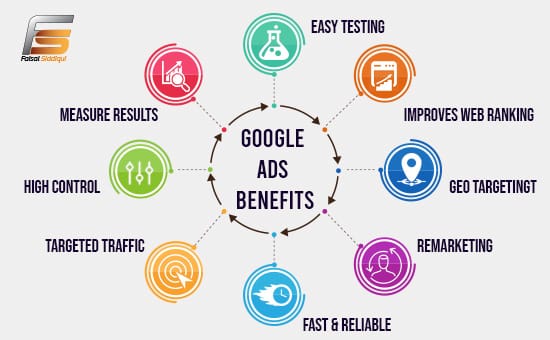The Role of Content Marketing in SEO: Creating Valuable Content for Search Engines
In the ever-evolving world of SEO, content marketing has emerged as a critical component for achieving organic search success. Creating valuable and engaging content helps to attract and retain an audience. And it also plays a vital role in improving search engine rankings. In this blog post, we will explore the role of content marketing in SEO and how to create content that resonates with both users and search engines.
-
Understanding User Intent:
To create content that aligns with SEO goals, it’s essential to understand user intent. By analyzing search queries and the underlying motivations of users, you can develop content. So it directly addresses their needs and provides relevant solutions. Tailor your content to match different stages of the customer journey, from informational content that educates to transactional content that drives conversions.
-
Keyword Research and Optimization
Keyword research remains a fundamental aspect of content marketing in SEO. Conduct thorough keyword research to identify relevant and high-intent keywords that your target audience is searching for. Incorporate these keywords naturally throughout your content, including in headings, subheadings, and body text. Strive for a balance between optimizing for search engines and maintaining a natural because it helps in engaging flow for readers.
-
Creating Valuable and Engaging Content
Content that provides value to users is more likely to attract organic traffic, social shares, and backlinks—essential elements for SEO success. Focus on creating comprehensive, informative, and well-researched content . That answers users’ questions, solves their problems, or provides insights and unique perspectives. Engaging content encourages user interaction, fosters brand loyalty, and increases the likelihood of earning quality backlinks.
-
Optimizing for Readability and User Experience
Both users and search engines value content. It is easy to read and offers a positive user experience. Use short paragraphs, subheadings, bullet points, and other formatting techniques to improve readability. Incorporate visual elements such as images, infographics, and videos to enhance user engagement. Ensure your content loads quickly. Also make it mobile-friendly to cater to users accessing your content on various devices.
-
Promoting and Amplifying Your Content
Creating exceptional content is only half the battle also promoting and amplifying it is equally important. Leverage various channels, such as social media, email marketing, and industry influencers, because it helps to increase the visibility and reach of your content. Engage with your audience through comments and discussions, encouraging social sharing and generating buzz around your content. Promoting your content helps attract organic traffic, social signals, and valuable backlinks, all of which contribute to SEO success.
-
Monitoring Performance and Iterating
Regularly monitor the performance of your content. It helps to gain insights into what works and what needs improvement. Track key metrics such as organic traffic, user engagement, backlinks, and keyword rankings. Determine patterns, trends, and areas of opportunity based on this data. Based on your findings, iterate and optimize your content strategy to continually improve its performance and align with evolving user needs and search engine algorithms.










